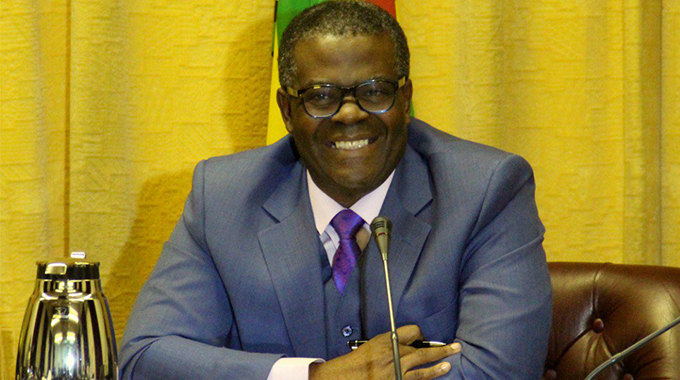
Gabriel Masvora, News Editor
WATER levels at Kariba Dam, home to the country’s biggest and only hydro-electric power station, have started going down.
the dam is left with power generation water that is at one metre level, it has been learnt.
Over the past few weeks, there has been hope that water inflows into Kariba, which is fed from the Zambezi River, had started rising, but latest statistics from the Zambezi River Authority which manages the dam on behalf of Zambia and Zimbabwe, showed that levels had started going down, further dampening hopes of adequate power generation.
According to the statistics, water level in the Kariba Dam was at 476,75 metres translating to 8,64 percent of the dam capacity on Thursday last week.
The water level was 1,25 metres above the minimum 475,50m recommended for power generation.
“The Kariba Lake is designed to operate between levels 475,50m and 488,50m (with 0,70m freeboard) for hydro-power generation. The lake level has been decreasing due to reduced rainfall activities around and on the lake to close the period under review at 476,75m (8,64 percent usable storage) on 30 January 2020. Last year on the same date, the lake level was 481,73m (44,83 percent usable storage),” Zambezi River Authority said in the update.
According to the figures, inflows into the dam increased from 476,67m (8,09 percent full) from 17 January to 476,82m (9,18 percent full) on 25 January.
However, since 26 January levels started going down, dropping to 476,75 metres by Thursday.
Compared to last year, the water levels are a massive 36 percent apart.
Kariba has the capacity to produce 1 050MW of electricity but on Friday it was only generating 306 MW, according to the Zimbabwe Power Company.
Energy and Power Development Minister Fortune Chasi told Sunday News yesterday that it was unfortunate that the country and others in the region that feed into the Zambezi River have not received significant rains that have brought notable changes to the water levels in the lake.
“Of course, the rains that we have been receiving have not brought much change to the levels in Kariba Dam so we still do not have enough water to improve power generation at Kariba. We are still hopeful but remember the issue of rain is also beyond our control.”
According to the Zambian Meteorological Department, in the period between December and this month, no meaningful rainfall is expected in the country. Zambia also feeds water into Kariba.
“The northern half of the country has a high chance of receiving normal to above normal rainfall while the southern half is likely to receive normal to below normal rainfall. This part of the season will be characterised by reduced rainfall due to dry spells around February,” the department announced in its forecast for the December to February period.
However, Minister Chasi said the Government will not sit and mourn about Kariba as it has put in place alternatives to improve power generation in the country.
“There are efforts that are underway to mitigate the low power generation at Kariba and the one I can safely say is in the pipeline is the Mozambique deal.”
Zimbabwe is importing power from Eskom of South Africa and Hydroelectrica de Cahora Bassa (HCB) of Mozambique to mitigate challenges. However, the imports are not enough due to a debt overhang that the country has battled to clear over the years.
“We are expecting the deal with Mozambique to come through by March or April. Right now, I wouldn’t want to divulge much as the negotiation teams are still liaising but I can promise the nation that in one or two months, the power situation would have changed,” he said.
It has also been reported that the deal between Zimbabwe and Mozambique is hinging on Harare clearing its arrears through a US$100-million facility it secured from Afreximbank.
The deal is set to revive a 30-year agreement between the two neighbouring countries as part of immediate-term solutions to stabilise local power supplies.
President Mnangagwa discussed the matter with his Mozambican counterpart, President Filipe Nyusi, during his visit to Maputo last month.
Finance and Economic Development Minister Professor Mthuli Ncube last week added that Government has set aside $8,5 billion to support electricity generation and imports, as part of efforts to ease load shedding.
